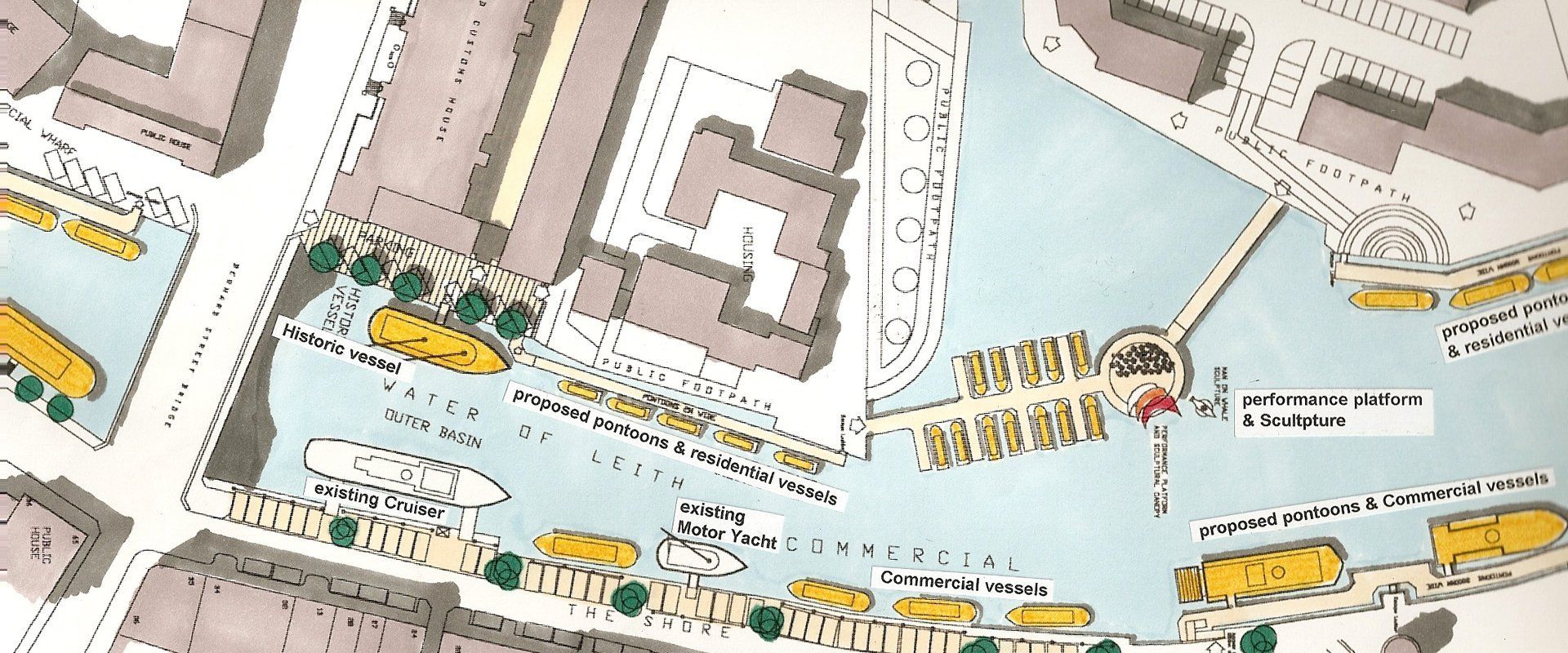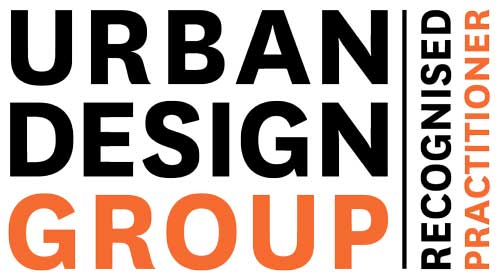
The Company
Urban Design Solutions Ltd is a registered company established in 2000, primarily to provide urban design services to local authorities, developers, community councils and community groups, bringing together the skills of the urban designer and the architect, to create successful places.
Profile
Company Director
Chartered Architect + Urban Designer
Qualifications
Dip Arch (Glas.) Dip UD (Edin.)
Professional membership:
Recognised practitioner in urban design
Member of Urban Design Group
ARB registered Chartered Architect
Member of RIAS and RIBA

Role of the Recognised Practitioner in Urban Design
Urban design is an inter-disciplinary profession that utilizes elements of many built environment professions, including landscape architecture, urban planning, architecture, and civil and municipal engineering.
The urban designer develops visions for urban places and prepares detailed designs, working through a complex process from analyzing the urban context and consulting with those who will use the spaces and buildings, to designing the relationship of building and spaces and developing a management strategy for realization on site.
The title of Recognised Practitioner in Urban Design is bestowed by the Urban Design Group on suitably professionally qualified individuals who have demonstrated a high level of urban design skill and experience.
Aims and beliefs of the company
A commitment to environmental design and the production of innovative, economic and sustainable design solutions, whether at city, town or village scale.
A belief in the importance of community consultation, and engagement with the various stakeholders early on in the design process.
The need to facilitate connections between people and places, movement and nature, and the built fabric.
Designing the public realm so as to manage how public places are experienced and used.
Concentration on the interplay of buildings and spaces, so as to provide the best quality urban environments in terms of atmosphere, human scale and essential environmental conditions.
Establishing and enhancing the context for buildings, defining the grouping and the placement of buildings, rather than being concerned with individual buildings and sites.
Shaping the physical setting for life in cities, towns and villages, involving the design of buildings, groups of buildings, spaces and landscapes in order to make successful places.
The use of computer generated modelling as an essential part of the design communication process.


